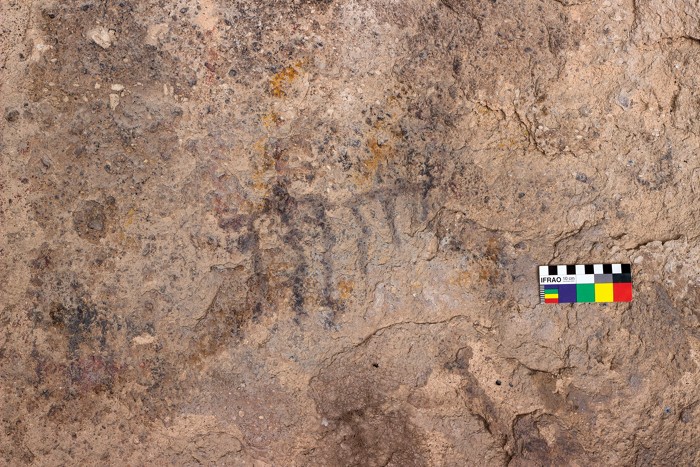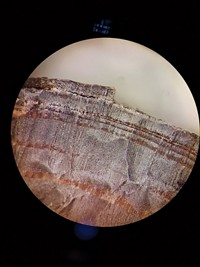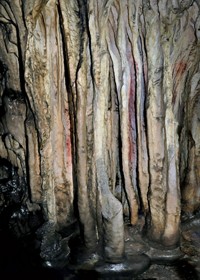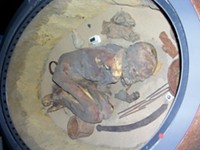Advertisement
Grab your lab coat. Let's get started
Welcome!
Welcome!
Create an account below to get 6 C&EN articles per month, receive newsletters and more - all free.
It seems this is your first time logging in online. Please enter the following information to continue.
As an ACS member you automatically get access to this site. All we need is few more details to create your reading experience.
Not you? Sign in with a different account.
Not you? Sign in with a different account.
ERROR 1
ERROR 1
ERROR 2
ERROR 2
ERROR 2
ERROR 2
ERROR 2
Password and Confirm password must match.
If you have an ACS member number, please enter it here so we can link this account to your membership. (optional)
ERROR 2
ACS values your privacy. By submitting your information, you are gaining access to C&EN and subscribing to our weekly newsletter. We use the information you provide to make your reading experience better, and we will never sell your data to third party members.
Art & Artifacts
Northern Patagonian rock art from millennia earlier than expected
Analytical chemistry techniques reveal human activities during mid-Holocene
by Fionna Samuels
February 17, 2024

In the Neuquén Province of Argentina, ancient artists covered the walls of a cave with painted motifs. Using a suite of analytical techniques, a team of researchers recently revealed that the site was likely first decorated over 8,000 years ago—millennia before other rock art that has been dated in South America (Sci. Adv. 2024, 10.1126/sciadv.adk4415) .
“It was really a shock. We were expecting more recent dates,” says lead author Guadalupe Romero Villanueva, a postdoctoral fellow at the National Scientific and Technical Research Council (CONICET).
At the site, the team excavated a pit filled with red ochre-stained sticks and twigs, beads and decorated bone, and thousands of stone artifacts. These collectively suggested that the area was abandoned during the mid-Holocene epoch. The oldest-dated artifacts pointed to a short period of occupation about 11,000 years ago, while the youngest indicated a second occupation in the past 2,000 years. Only one item fell between. “We wouldn’t have known that this cave was occupied during that timeif it weren’t for carbon-dating the rock art,” Romero Villanueva says.
Romero Villanueva collected samples from four black, comb-shaped motifs chosen for their faded appearance and placement underneath other designs. She says that in many ways, the researchers were lucky because carbon-dating rock art is exceptionally difficult. Raman spectroscopy and scanning electron microscopy showed that the paint was plant-based and therefore could be carbon-dated, unlike more common inorganic black pigments. Layers of younger carbon from campfire smoke can build up on ancient rock art, but optical microscopy showed no signs of such contamination in Romero Villanueva’s samples. Finally, the collected paint samples contained enough carbon to reliably date the motifs using accelerator mass spectrometry, something she says is not always a given.
The resulting dates revealed that the comb-shaped motifs were painted over the course of 3,000 years, starting 8,200 years ago. A millennium passed between some paintings, establishing that the site had remained in use through the mid-Holocene, which was a particularly challenging time for humans.
“By widening the scope in terms of what can be dated, [the researchers]introduced that this site was used in a period when it wasn’t supposed to be used,” says César Méndez, who is an archaeologist and resident researcher at Patagonian Ecosystems Investigation Research Center (CIEP) and is unaffiliated with the work. “The broader lesson is that using new toolsmay find things that are being overlooked by the traditional ways of conducting archaeology.”





Join the conversation
Contact the reporter
Submit a Letter to the Editor for publication
Engage with us on Twitter